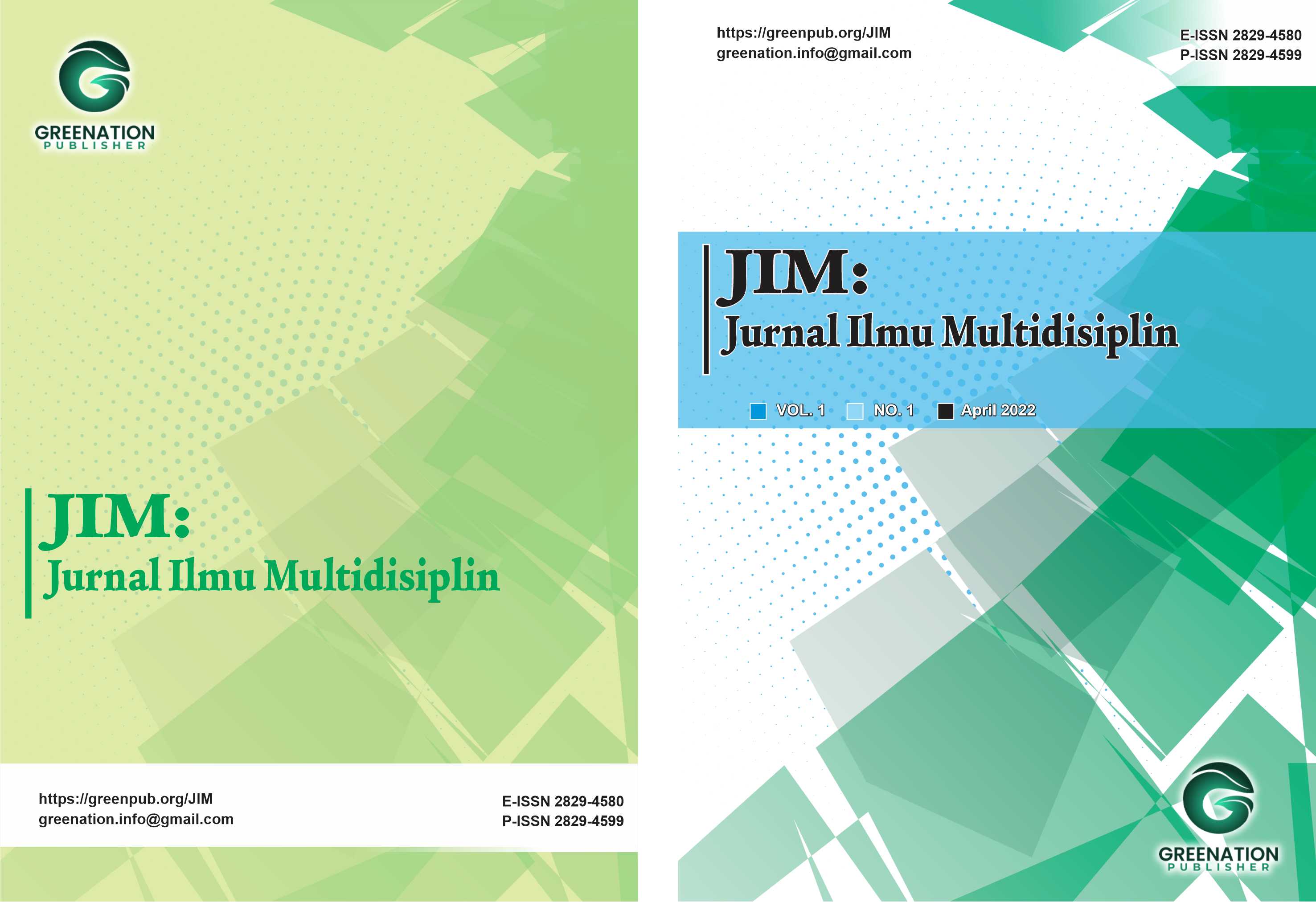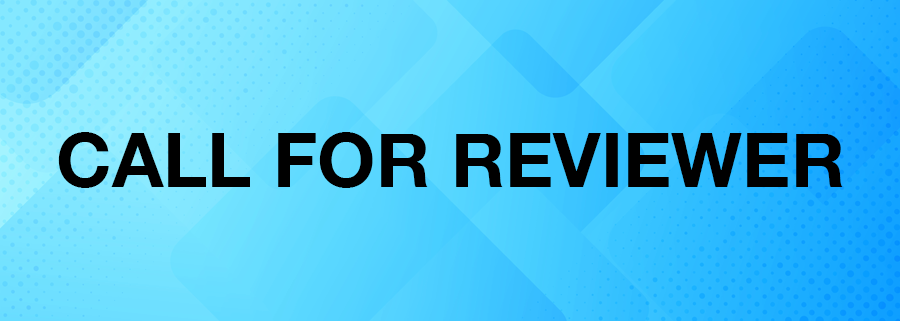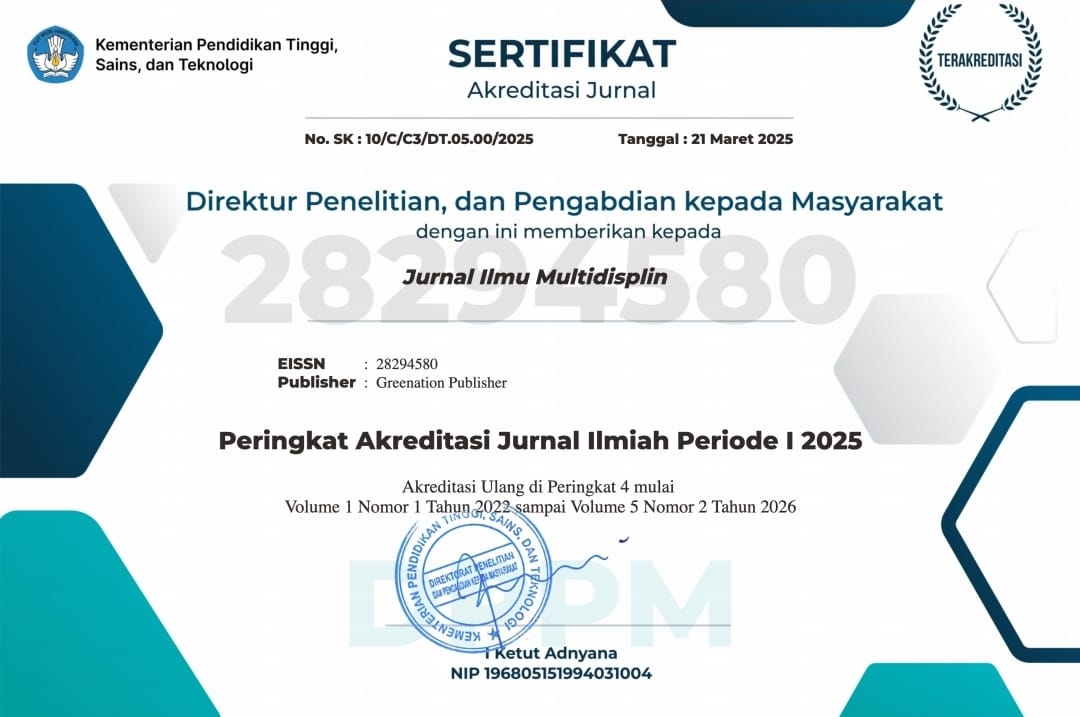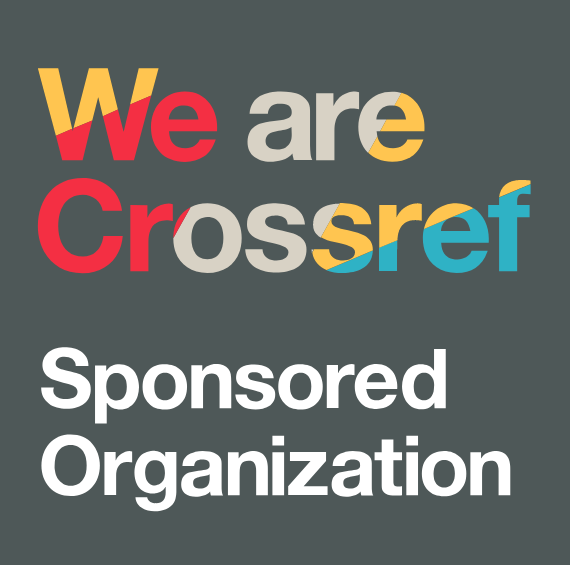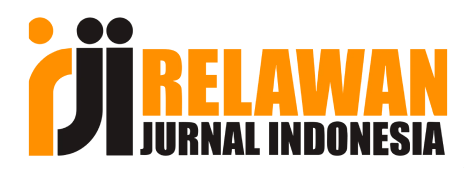Evaluasi Pelaksanaan Program Penurunan Emisi Gas Rumah Kaca di PT X dalam Mencapai Net Zero Emission 2050
DOI:
https://doi.org/10.38035/jim.v4i3.1137Keywords:
Aksi Mitigasi, Net Zero Emissions 2050, Roadmap SBTiAbstract
Isu perubahan iklim mendorong sektor industri, termasuk perusahaan manufaktur alat medis seperti PT X di Kabupaten Bekasi, untuk menerapkan strategi dekarbonisasi guna mencapai target Net Zero Emissions (NZE) 2050. Penelitian ini bertujuan untuk mengevaluasi implementasi program pengurangan emisi gas rumah kaca (GRK) yang telah dilakukan PT X, mengidentifikasi faktor perbaikan yang diperlukan, serta menentukan prioritas strategi mitigasi berdasarkan pendekatan Science Based Targets initiative (SBTi) near-term target. Metode yang digunakan dalam penelitian ini meliputi inventarisasi emisi GRK (scope 1, 2, dan 3), analisis Business as Usual (BaU) dengan aktual, dan penentuan strategi mitigasi dengan pendekatan Marginal Abatement Cost Curve (MACC) dan Analytic Hierarchy Process (AHP). Hasil penelitian menunjukkan bahwa PT X berhasil menurunkan emisi sebesar 440 tCO?e dari kondisi BaU, namun belum memenuhi target roadmap SBTi tahun 2024 dengan selisih sebesar 56 tCO?e. Strategi mitigasi prioritas yang disusun melalui AHP menunjukkan bahwa penggunaan Renewable Energy Certificate (REC) (47,3%) dan penambahan kapasitas Photovoltaic (PV) (42%) merupakan dua opsi paling efektif dibandingkan penggantian refrigerant dan kendaraan operasional (10,7%). Dengan nilai Consistency Ratio (CR) rata-rata sebesar 0,0504, hasil AHP dinyatakan valid secara metodologis. Penelitian ini memberikan kontribusi praktis bagi pengembangan roadmap dekarbonisasi PT X dan memperkaya literatur terkait strategi NZE berbasis bukti ilmiah di sektor industri manufaktur.
References
Dewan Energi Nasional. (2024). Indonesia Energy Transition Outlook 2024.
Direktorat Jenderal Pajak. (2021). Undang-Undang Nomor 7 Tahun 2021 tentang Harmonisasi Peraturan Perpajakan.
Divisi PPR. (2024). Upaya PLN dalam mendukung transisi energi dan pertumbuhan PLTS Atap. Direktorat Ritel dan Niaga PLN.
Fawzy, S., Osman, A. I., Doran, J., & Rooney, D. W. (2020). Strategies for mitigation of climate change: A review. Environmental Chemistry Letters, 18, 2069–2094.
Hidayati, F. (2024). Langkah strategis mewujudkan target industri NZE 2050. Institute Essential Services Reform.
Indonesia Research Institute for Decarbonization (IRID). 2024.
Purwendah, E. K., Djatmiko, A., & Pudyastiwi, E. (2023). Problematika penegakan hukum lingkungan di Indonesia. Jurnal Pacta Sunt Servanda, 4, 110–119.
Rachmatika, A., et al. (2022). Policy Brief Just Energy Transition Partnership (JETP) Indonesia.
Rumambi, F. J. (2023). Dampak lingkungan terhadap kualitas pendidikan: Peran manajemen lingkungan berkelanjutan. JMBA Jurnal Manajemen dan Bisnis, 9(2), 10–19.
Saaty, T. L. (1980). The Analytic Hierarchy Process: Planning, Priority Setting, Resource Allocation. McGraw-Hill.
Science-Based Targets initiative. (2023). SBTi Net Zero Standard Criteria: Corporate Manual Version 2.1.
IPCC. (2023). Sixth Assessment Report 6 (AR6). Perserikatan Bangsa-Bangsa.
Sofia, D., et al. (2020). Mitigation strategies for reducing air pollution. Environmental Science and Pollution Research, 27, 19226–19235.
WRI Indonesia. (2021). Menyusun target aksi iklim bagi perusahaan.
Downloads
Published
How to Cite
Issue
Section
License
Copyright (c) 2025 Fauzan Anditya Hafids, Mas Agus Mardyanto, Adhi Yuniarto, Yayat Nurhidayat, Abdu Fadli Assomadi

This work is licensed under a Creative Commons Attribution 4.0 International License.
You are free to:
- Share— copy and redistribute the material in any medium or format
- Adapt— remix, transform, and build upon the material for any purpose, even commercially.
The licensor cannot revoke these freedoms as long as you follow the license terms.
Under the following terms:
- Attribution— You must give appropriate credit, provide a link to the license, and indicate if changes were made. You may do so in any reasonable manner, but not in any way that suggests the licensor endorses you or your use.
- No additional restrictions— You may not apply legal terms or technological measures that legally restrict others from doing anything the license permits.
Notices:
- You do not have to comply with the license for elements of the material in the public domain or where your use is permitted by an applicable exception or limitation.
- No warranties are given. The license may not give you all of the permissions necessary for your intended use. For example, other rights such as publicity, privacy, or moral rightsmay limit how you use the material.

